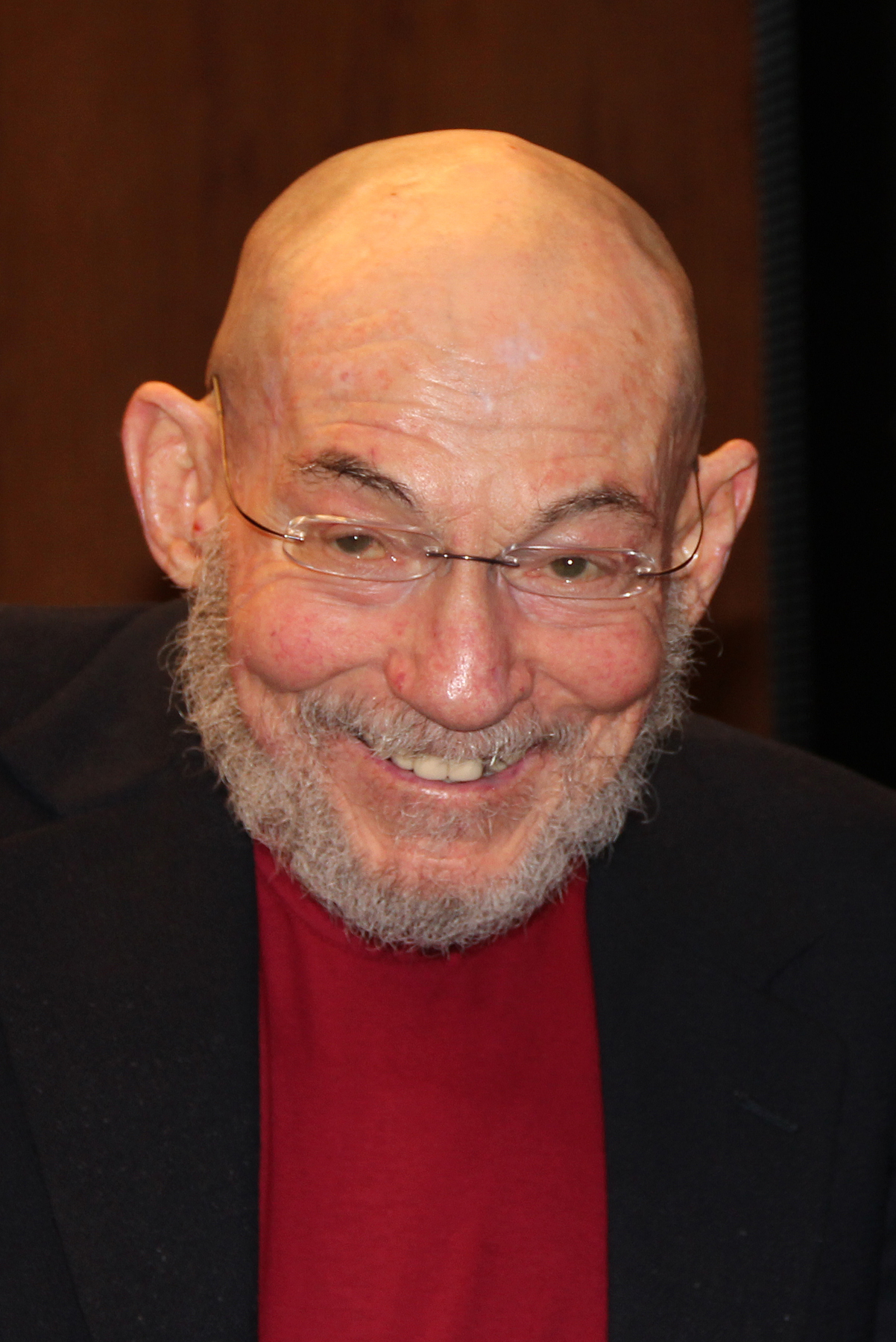On Medicine Today: The Good, the Bad, and the Ugly.
Purpose: To offer insights into all aspects of medicine:
education, diagnosis, patient care, the medical profession,
medical history, and medical communication; and
to offer random thoughts on a long life in clinical medicine
as chronicled by an experienced physician and gifted
medical educator.
Content: Includes 148 pages of text interspersed with
photographs, artistic renditions of medical life, and the
occasional cartoon. The book is neatly arranged as
a catalogue of reflections on all aspects of medical practice
throughout a career in internal medicine.
The natural and appealing style of these essays humanizes
the author in a manner that few other writers
can achieve. Photographs of the author at different stages
of his career personalize the book.
Strengths: The author has memorialized an era in
medicine in a unique and individual manner. Much as
a freeze-frame still of a film enables the viewer to study
and analyze a character’s face and body position, so does
On Medicine Today enable the reader to see medicine
as an individual effort that relies on skills of physical
diagnosis and deductive reasoning—skills supplanted
to some degree by the current explosion of medical
technology. Just as archaeologists have studied human
beings frozen in time, so will the reader be given the
privilege of listening to the words and seeing the actions
of medicine at a very specific time in the evolution of
the profession. The author is a master clinician, a gifted
educator, and an inspiring individual. These characteristics,
which form the building blocks of clinical medicine,
have appeal to all readers.
Weaknesses: The readership for this book might be
shrinking as the new generation of physicians, born and
raised in the era of medical technology, takes the reins
of medical education and practice. Although there is
no turning back (the CT scan and the MRI are here
to stay), there was a time in the evolution of medicine
when Dr. Fred and doctors like him had to do it all.
The dramatic social, political, and financial changes
that have occurred over the author’s professional lifetime
might present hurdles to younger readers who are
trying to understand the issues discussed in these essays.
However, these hurdles are surmountable. Patients want
from their doctors what this book proffers: kindness,
compassion, commitment, and the analytical skills of
a finely tuned medical mind. Physicians, particularly
those new to practice, should be encouraged to read
these essays in order to recognize, refine, and adopt
these essential qualities of medical practice
Leo A. Gordon, MD, FACS,
Los Angeles, California
Overall Grade: * * * *
http://www.thij.org/doi/pdf/10.14503/THIJ-15-5008



